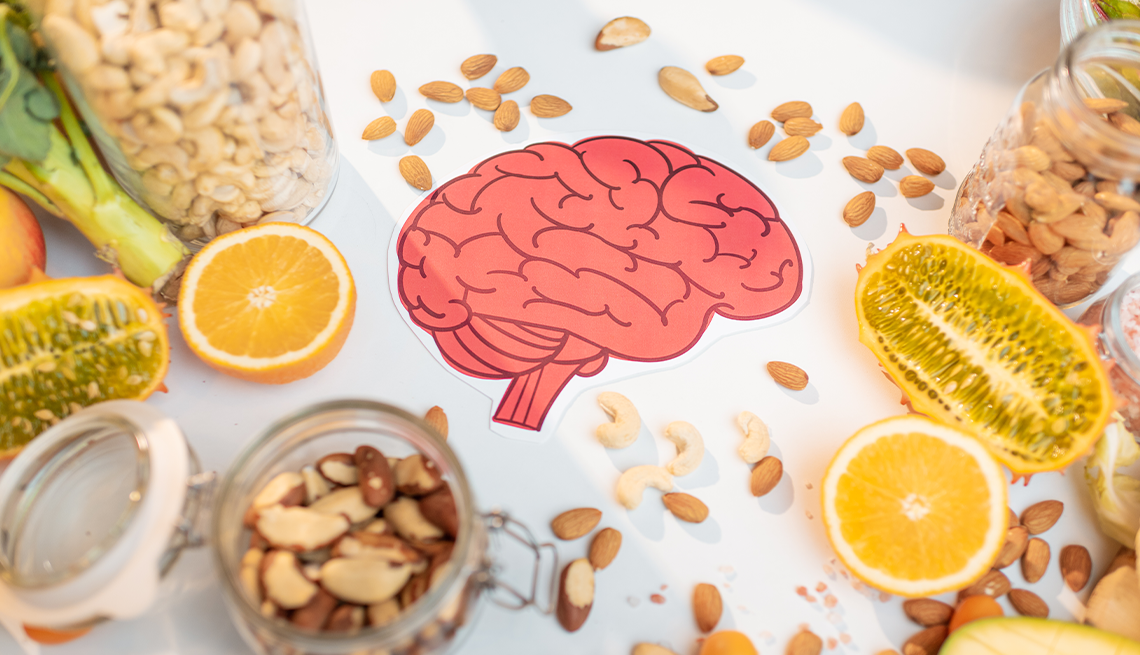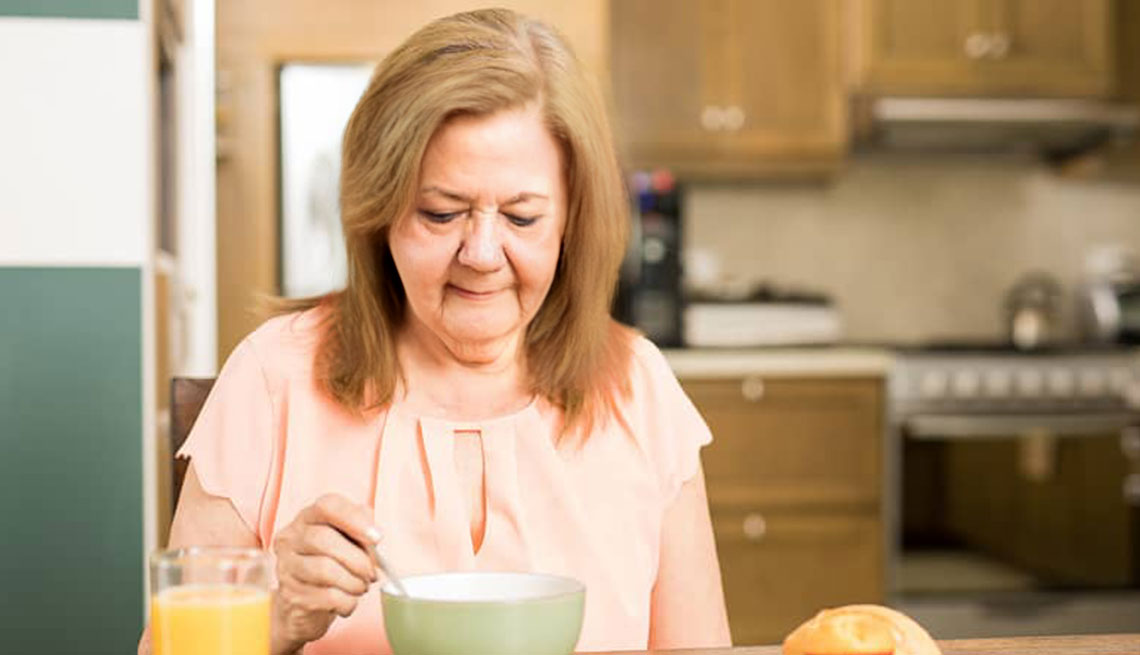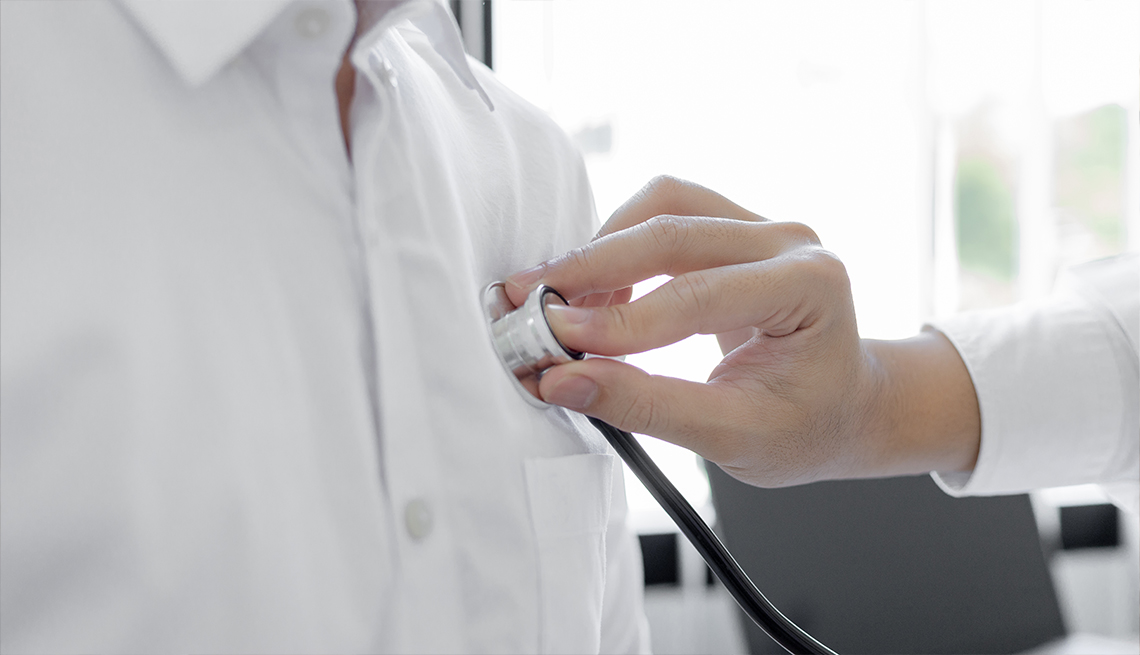Can you imagine my surprise when I discovered I’d been making and using a version of ghee (clarified butter) all my adult life? I just called it “melted butter.” I honestly can’t tell you for what reason we ever made “clarified butter” except that my mom . . . from whom I learned all my super cooking skills . . . told me that was the way to do it. Hear me chuckle at my ignorance at my ripe old age. Here I am learning something new about an old subject just when I thought I knew it all (chuckle). It just goes to show you that you’re never too young or too old to learn something new. I ended up reading a lot about ghee that day. Ghee led me on a journey through the internet learning other interesting tips about a variety of subjects that, surprisingly, related to one another.
If you are new to ghee, it is a form of clarified butter popular in the Middle East and India. It’s made from cow’s milk butter. The butter is melted at a temperature below 100 degrees until the water evaporates, leaving behind the milk solids which are strained off. The “clarified” liquid that is left is called ghee. After its milk solids have been removed, ghee does not require refrigeration. It can be kept at room temperature for several weeks. In fact, like coconut oil, it may become solid when kept at cold temperatures.
According to WebMD, ghee is a rich source of vitamins, antioxidants and healthy fat? We have all learned that we should consume fat in moderation but studies show that eating fatty foods such as ghee can help the body absorb essential vitamins and minerals. Cooking with it may help you absorb even more of those nutrients.
- It’s a good source of Vitamin A, Vitamin C, Vitamin D and Vitamin K.
- It has significant antioxidant properties that lower risk of cancer, arthritis, cataracts and heart disease.
- It’s is a good source of fat for folks with dairy allergies or lactose intolerance as it contains only a trace amount of lactose and casein which are milk sugars and proteins.
- It’s more stable than milk and can remain at room temperature.
- Because it is a heavy, dense and soft liquid, it helps build the body unit by unit.
- Butyrate fatty acid is vital for the health of intestinal walls and reduced inflammation. It’s ideal for leaky gut syndrome, irritable bowel syndrome, Crohn’s disease and ulcerative colitis. It reduces the risk of colon cancer.
- It lubricates the body, internally and externally, nourishing and lubricating tissues and reducing dry skin, dry colon, inflammation and stiff joints.
- It is beneficial for mental and emotional imbalance while increasing memory and intellect.
- Ghee helps control allergies, arthritis, and auto-immune conditions, as it has anti-inflammatory agents.
- Along with Triphala and honey, it is used to improve ocular health.
- It’s well-known for its unique ability to drive healing properties of medicinal herbs deep into the seven body tissues (sapta dhatus) to increase the effectiveness and healing potency of the herbs.
- Mixed with other herbs, it can relieve bladder pain, treat chronic fever, relieve dryness of palate and oral cavity, relieve stomach burn, treat anemia, improve liver function, relieve migraine, dissolve and remove toxins, heal wounds, increase skin strength and beauty, help digest food, improve imbalance and strengthen eye power.
Wow! I want to learn more.
Ghee is an ancient remedy used in herbal alternative medication as part of Ayurveda. It’s recommended to use ½ teaspoon per meal. It’s believed to have spiritual and medicinal properties. In ancient scriptures, ghee was said to be the food of the Gods. As scientific studies have found interesting health benefits, it is gaining popularity in the U.S. as a healthy alternative to standard butter in some cases, although there is on-going research regarding any adverse effects. One teaspoon of ghee contains:
- Calorie 42
- Protein: 0 grams
- Fat: 5 grams
- Carbohydrates: 0 grams
- Fiber: 0 grams
- Sugar: 0 grams
How about these amazing facts?
- In ancient Ayurvedic medicine, Ghee is used to topically treat burns and swelling. While this is not scientifically proven, it does contain butyrate, a fatty acid that is known to have anti-inflammatory properties. Science has shown it can soothe inflammation in the body. Ghee is full of concentrations of monounsaturated Omega 3s which support a healthy heart and cardiovascular system. Though high in fat, when used as part of a balanced diet, it can help reduce high cholesterol levels.
- Ghee studies have shown that conjugate linoleic acid (CLA) may help combat excessive weight gain and reduce the body mass of some people. Because it is a calorie-dense and fat-rich food, consuming too much can lead to increased weight gain so it should be introduced into the diet in moderation.
- Ghee made with cow’s milk is yellow in color, light in texture, tastes delicious and has amazing health benefits. It’s believed to be purer and more purifying than white ghee which is made with Buffalo butter. To test Ghee for purity yourself, heat one teaspoon of ghee to see if it melts immediately and turns dark brownish in color. This is pure ghee. If it takes time to melt and turns light yellow, it is adulterated. Try another brand.
In an Epicurious Magazine article about Ghee, Chandra Ram, author of IACP award-nominated The Complete Indian Instant Pot Cookbook and editor of Plate, says the most important thing to look for if you don’t make it yourself is freshness. The milk solids won’t go back quickly but they will go rancid. Check the label date to see how long it’s been on the shelf.” Chef Chintan Pandya says, “Look for one that is the color of homemade buttercream frosting and does not appear to be a homogeneous paste. Purchase in a smaller jar if it’s not a part of your regular routine.” It’s a matter of preference but the EPI team tried a few to recommend to you: Swad Ghee, Pure Indian Foods Original Ghee, Tin Star Foods Grass-fed Ghee, Ancient Organics Ghee, Amul Pure Ghee and 4th & Heart Ghee, Organic Valley Ghee.
You can make ghee yourself using grass-fed cow butter which contains more K-2, an essential, fat-soluble nutrient that our bodies need for healthy blood clotting. We can get Vitamin K supplements but Vitamin K consumed from food is more effective as some Vitamin K is made in the colon. The rest is what we get from our diets. Therefore, the quality and variety of K nutrients is important. Vitamin K in Ghee is determined by what cows eat. Various grasses provide a higher quality of K nutrients.
- Vitamin K1, (phylloquinone) found in leafy greens, vegetables, and some plant oils
- Vitamin K2, (menaquinone) found in dairy, fermented foods, and animal products
Currently, researchers suggest 90 to 120 micrograms of Vitamin K, based on the amount of K1 needed to prevent bleeding and bruising from injury. Scientists suggest K2’s benefits come at between 10 and 45 micrograms. Recent research suggests K1 and K2 work independently to play different roles in other aspects of our health; however, the average diet consumed is about 90% K1. Vitamin K is essential for:
- Heart Health: Vitamin K2 breaks down calcium and helps prevent hard deposits forming in artery walls. Smooth, flexible blood vessels reduce the risk of blood clots and heart disease by ensuring healthy circulation. The risk of heart disease falls 9% for every 10 micrograms consumed daily. K1 did not provide this protection.
- Strong Bones: K2 breaks down calcium that activates a protein that helps minerals bind to our bones. Research shows a higher K2 intake improves bone density and reduces the risk of bone fractures.
- Anticancer Properties: Studies show that Vitamin K2 may slow or stop cancer cell activity, improve survival rates and reduce recurrence. These studies were focused on certain cancers, like liver and prostate, so much more research is needed.
Keep in mind that it has determined that saturated fat is not the devil it was once made out to be. The heart disease epidemic started around 1920-1930 and grew to become the world’s leading cause of death. Nutrition professionals decided that foods like butter, meat and eggs were the culprits caused heart disease with their saturated fat and high cholesterol content. However, we had been eating butter for thousands of years prior to heart disease. Singling out old foods for new problems didn’t make sense, especially since consumption of traditional fatty foods like butter went down while diseases like heart disease, obesity and type II diabetes went up. For sure, butter is almost pure dairy fat, therefore it’s very high in saturated fat (63%). In fact, saturated fats can actually improve the blood lipid profile. More knowledge has led to the understanding that natural foods like butter have nothing to do with heart disease and other illnesses. (Source) (Source) (Source) When you consider the benefits of Vitamin K and other nutrients that ghee can provide to avoid many health issues, it’s plain ghee is a product we should all consider adding to our diets.
While I enjoy reading, researching, trying new recipes and experimenting with natural ingredients that can possibly benefit my family’s health, my purpose today is not only to share ghee tips but to also offer up my educational adventure researching ghee. For me, the simple topic, “clarified butter,” became a brain teaser that provided entertainment while learning new things. Ghee took me into ancient practices of other populations. I was reminded how similar human beings of different cultures are to one another as I pictured them preparing ghee much as I did with my mom making clarified butter. Understanding more about other traditions and cultures keeps us more involved with one another and provides personal growth. I realized, at the end of the day, I felt new energy, connection and fulfillment with myself as I explored ghee, learning new things and updating myself on various topics I thought I already knew.
More importantly, the mental exercise reminded me of just how much our routine daily habits like eating, exercising, sleeping and learning influence our minds and bodies and how easily we can become fixated on doing things the same way. Change is good. Learning is good. As we get older, we have an invested interest in keeping our brains healthy so continued learning is essential. Trying new things from other cultures can be exciting and healthy. I came across A Guide to Cognitive Fitness, a special health report by the experts at Harvard which puts that into perspective.
I know we all know this but these Harvard Health brain health tips will remind you to get on-board again for a stronger, healthier brain:
- Stimulate: Using your brain stimulates nerve cell connections (called synapses) that can help hedge against future cell loss. Mental activities such as reading, taking courses, research to learn, word puzzles, math problems, drawing, painting and other crafts can provide mental stimulation.
- Exercise: Research shows that exercising regularly increases the number of tiny blood vessels that bring oxygen-rich blood to the brain region responsible for thought. It results in more efficient, adaptive brains that translates into better performance. Exercise also lowers blood pressure, improved cholesterol levels, help balance blood sugar and reduces mental stress, all of which help your brain and heart.
- Diet: Good nutrition helps the mind and the body. The Mediterranean style diet that emphases fruits, vegetables, fish, nuts, unsaturated oils (olive oil) and plant sources of proteins are less likely to develop cognitive impairment. Moderation is key. Explore new menus and healthy foods.
- Balance: Exercise regularly, limit alcohol to two drinks a day, reduce stress, eat right.
- Reduce: Diabetes is an important risk factor for dementia so control it by eating right and exercising regularly. Medication may be needed if it stays high.
- Improve: Dementia is associated with high levels of LDL (bad) cholesterol. Avoid tobacco, diet, exercise and control weight to bring it down. You may need medication for these issues.
- Ask: Ask your doctor if you are a candidate for low-dose aspirin to reduce the risk of dementia, especially vascular dementia.
- Avoid: Avoid tobacco in all forms. Drinking is a major risk factor for dementia so limit yourself to two drinks a day.
- Relax: Good mental health and restful sleep are important goals to prevent the risk of cognitive decline in old age. People who are anxious, stressed, sleep-deprived, exhausted or upset tend to score lower on cognitive tests.
- Protect: Even without diagnosed concussions, moderate to severe head injuring increase the risk of dementia.
- Connect: Family and friends are associated with a lower risk of dementia. Being socially active lowers blood pressure and extends life expectancy.
Our collective main goal is to live with love, happiness, fulfillment and good health for as long as we possibly can. Incorporating natural products like ghee into our diets, while exercising our brains and bodies sufficiently, will go a long way towards that goal.
Author: Judy Harrison
Articles are written for information and entertainment only. They should never be used as a substitute for direct medical advise from your doctor or other qualified clinician.
Ghee: Dan Brennan, MD reviewed for WebMD on September 30, 2020. Perhaps you’ll enjoy this interesting literature. | |
Journal of the Academy of Nutrition and Dietetics: “Dietary fat increased Vitamin D-3 absorption.” | |
Journal of Pakistan Medical Association: “Pragmatic: selection of cooking oils.” | |
Sultan Qaboos University Medical Journal: “The Role of Vitamin E in Human Health and Some Diseases.” | |











